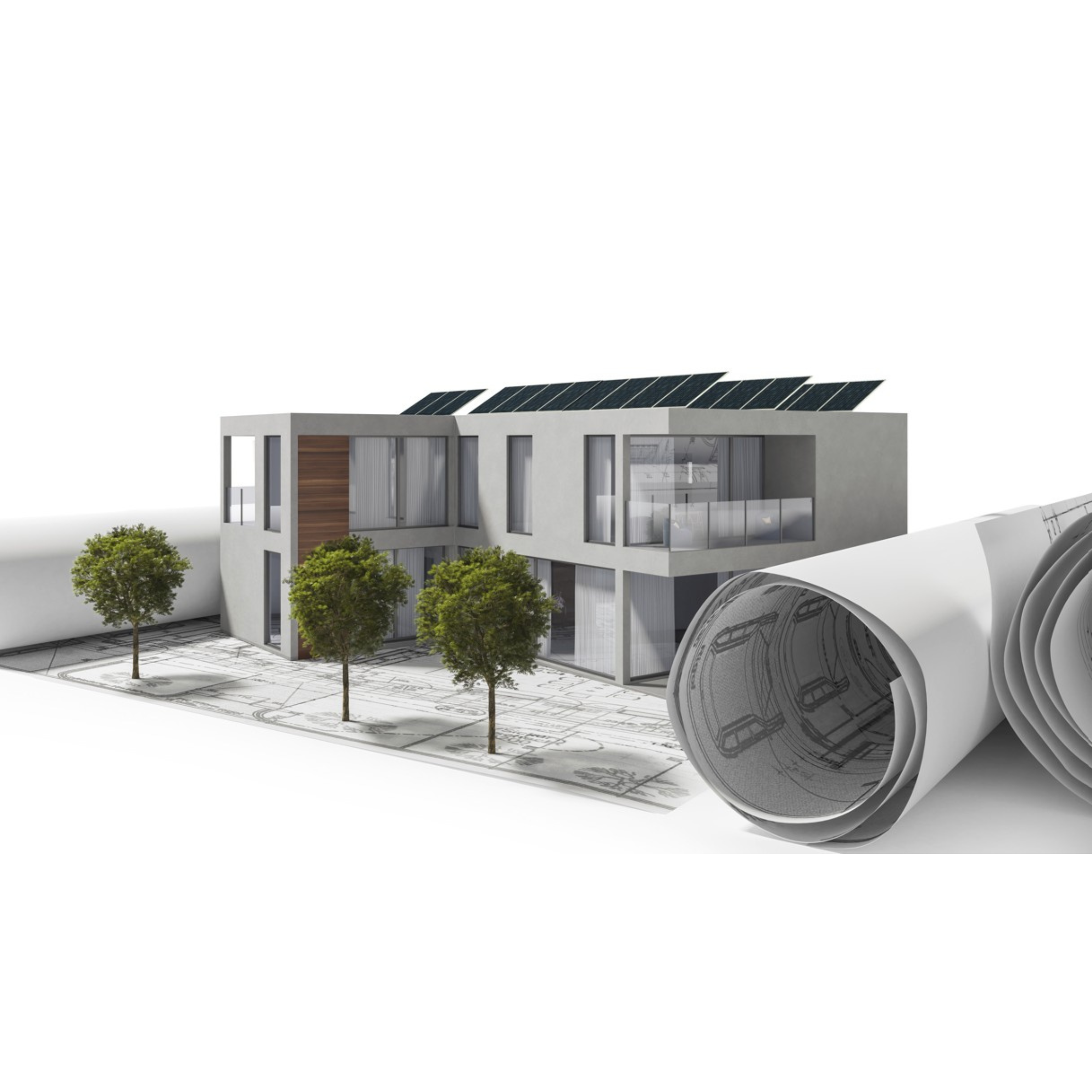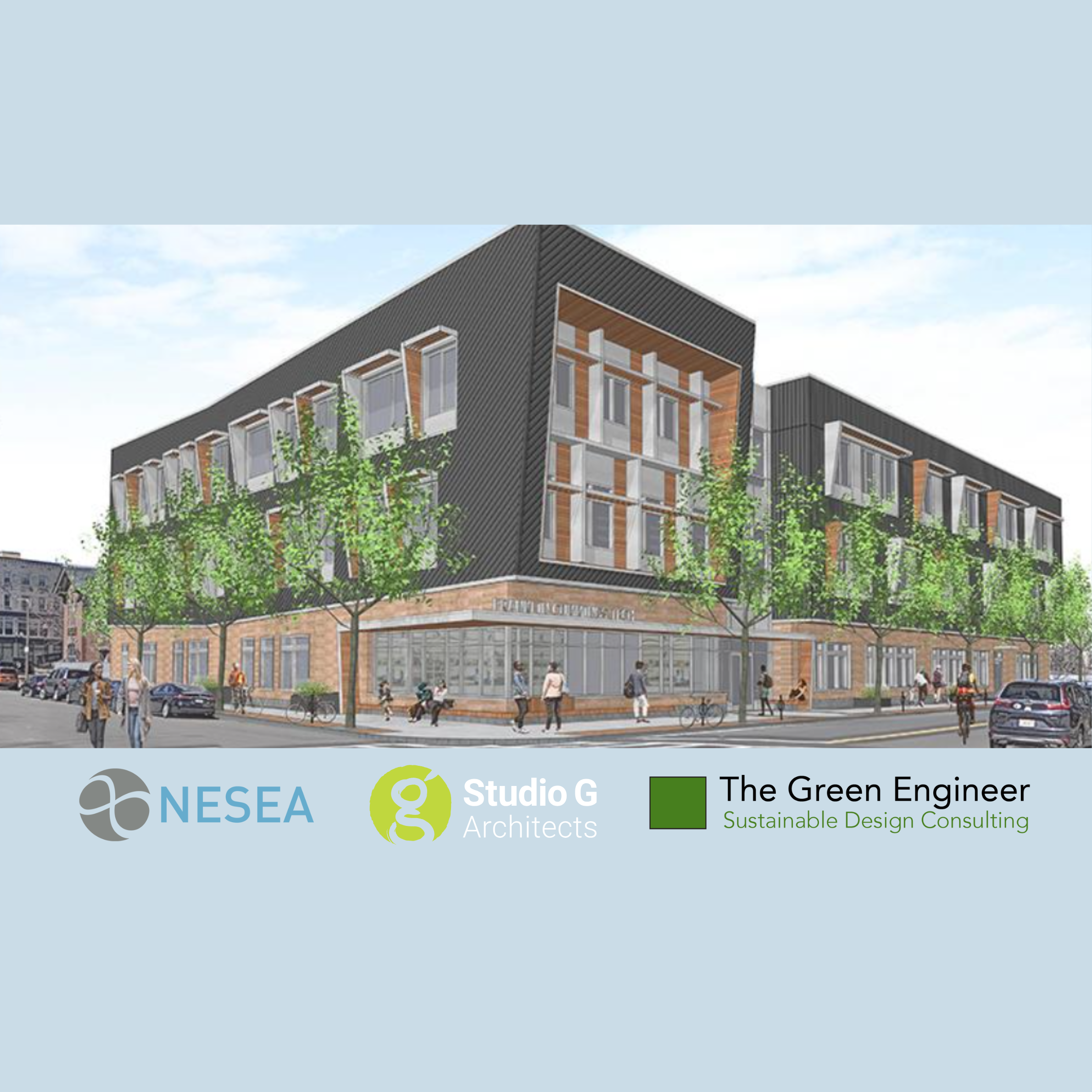
LEED v5 Expands Innovation Opportunities with New Project Priorities Credits
One of the most exciting updates in LEED v5 is the transformation of the Innovation credit category. LEED v4 offered only five potential innovation points. In LEED v5, the separate regional priority credits are no longer available, and instead, the Innovation credit category has evolved to become the Project Priorities (PR) credit category. Up to nine points are now available, which can include the familiar options of Regional Priority, Exemplary Performance, Pilot Credits, and Innovation Strategies, as well as a new option – a “Project-Type Credit.”
To support this evolution, the USGBC has introduced the Project Priority Library—a curated collection of credits that “have been identified by USGBC as addressing unique needs for the given adaptation or building application.” Over time, the USGBC and project teams will expand this library to create a robust compendium of ideas and strategies that are not already incorporated into the standard LEED credits. Initially, the USGBC and the LEED committees have identified a handful of these ideas to seed the library.
Over the past several years, I have served as a volunteer member of both the USGBC’s LEED Energy and Atmosphere Technical Advisory Group and the ASHRAE 209 Committee. I collaborated with my colleagues on both committees to develop one of the first new credits for the Project Priority Library. Titled ‘Integrating Energy Modeling in the Design Process,’ this new Project Priority Credit goes beyond the Integrated Process credit already in LEED v5 to recognize best practices in the use of energy modeling as an integrative design tool.
This credit builds on the Integrated Process credit in LEED v5 and recognizes best practices in using energy modeling as a core design tool. It relies heavily on ASHRAE Standard 209-2024: Energy Simulation Aided Design for Buildings Except Low-Rise Residential Buildings.
From the forward to ASHRAE 209:
ASHRAE Standard 209 describes a methodology to apply building energy modeling to the design process…This standard was created to define reliable and consistent procedures that advance the use of timely energy modeling to quantify the impact of design decisions at the point in time at which they are being made...The standard defines general modeling requirements coupled with eleven modeling cycles, each with specific modeling goals that align with distinct phases of the design, construction, or operation process…While the standard can be applied with any design process, it is best utilized when included as part of an integrative design process.
The new credit requires that the project follow an integrative design process complying with ASHRAE 209. This includes the following elements to be completed during or before the Schematic Design Phase:
- Climate and site analysis
- Energy benchmarking
- A building performance-focused design charrette
Understanding the project’s environmental context and setting an energy target through benchmarking are essential early steps that establish the foundation for a climate-responsive design. When combined with an energy charette, they help create a shared set of goals and principles for the project team. The results of the charette should be documented in the Owner's Project Requirements (OPR) and Basis of Design (BOD).
- Modeling Cycle #3 – load reduction
In Modeling Cycle #3, the project team identifies the distribution of energy by end use and evaluates strategies to reduce annual energy use and peak loads for heating and cooling. By reducing peak loads, systems can be right-sized, generating construction cost savings as well as ongoing operational savings. This is the “magic” of integrative design. If we do it right, we save money upfront in addition to overtime. Payback is instant.To comply, the team must also complete at least one other modeling cycle from the options below:
- Cycle # 1—Simple Box Modeling (in concept design)
- Cycle #2—Conceptual Design Modeling (in concept design)
- Cycle #4—HVAC System Selection Modeling (before HVAC system selection)
- Cycle #5—Design Refinement (before completion of CDs)
- Cycle #6—Design Integration and Optimization (before completion of CDs)
- Cycle #7—Responsive Design Alternative Modeling (during any VE efforts)
Additionally, if the project follows the Energy Simulation pathway (Option 2) under the LEED v5 Enhanced Energy Efficiency credit, they must also complete either Cycle #8 - As-Designed Energy Performance or Cycle #10 - As-Built Energy Performance.While energy modeling can be a valuable tool, many projects still only perform validation modeling, missing the key benefits that early modeling can provide. A project using the ASHRAE 209 process can fully realize the impact of modeling as a design tool. Hopefully, this new LEED credit will motivate more projects to adopt this approach.
We’ve championed this integrative approach for over 20 years and have seen its success firsthand. If your projects are struggling to meet performance goals, let’s talk. We’re here to help you create cost-effective, low-energy, low-carbon buildings that deliver real value.







